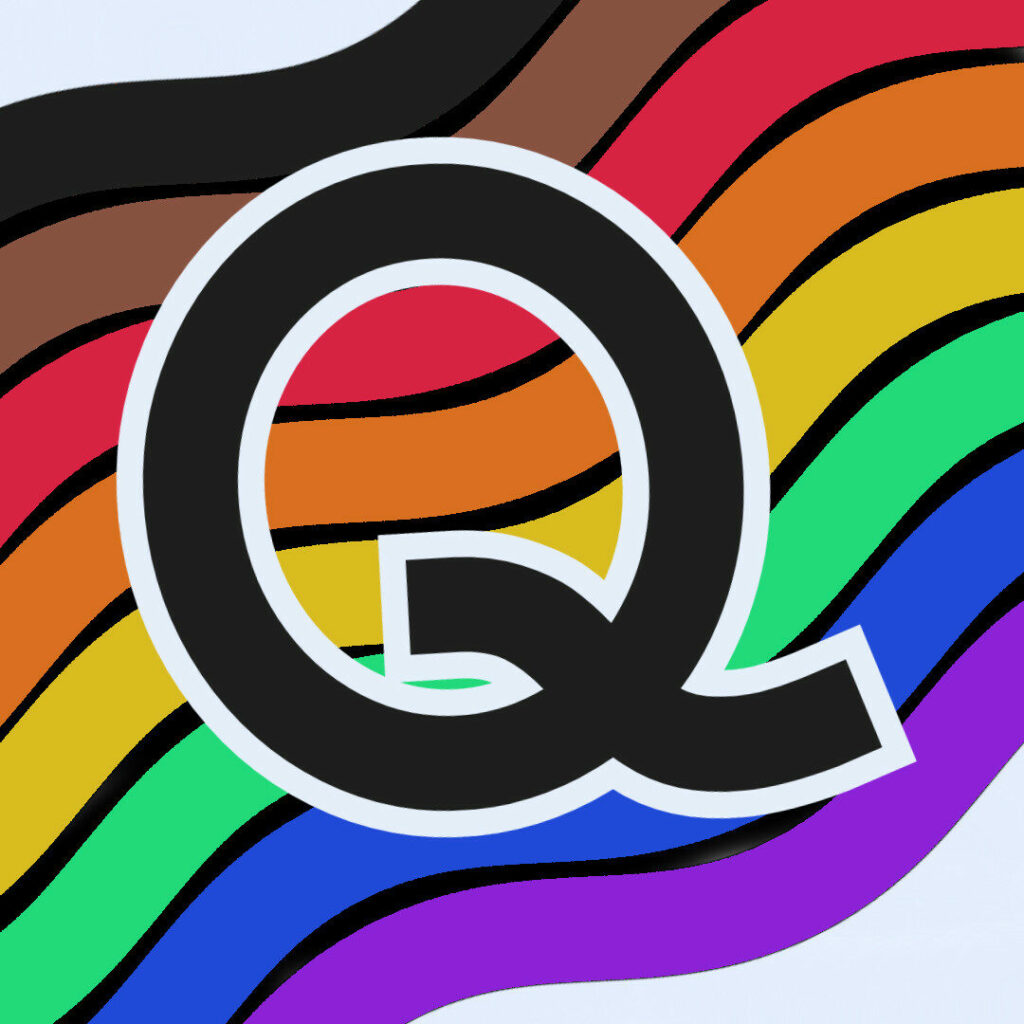Queer Collections 101

Table of Contents
So you want to improve your queer collections? That’s GREAT! Congratulations to you for recognizing that there’s a need in your community for books written by queer authors and showcasing queer characters. Today I’m going to talk about some basic considerations you’ll want to take when improving your collection.
Why Are You Doing This?#
Almost any reason for increasing LGBTQ+ titles is great in my book, because it leads to more information for the community. But your intention as the purchaser will influence what books get purchased, and therefore it’s important to evaluate your feelings toward the topic, your knowledge base, and what your intended outcome is. Are you doing this because your administration wants to seem “hip and with it”, or because you are an advocate for the queer community, or out of a feeling of responsibility due to patron requests? All of this will influence how you move forward and how much research you’ll need to put in.
Enhance, ENHANCE#
My take is to enhance ALL THE SUBJECTS, but that’s not always possible in our budgets! You could pick areas willy-nilly, but what would be more equitable for your community is to evaluate how many books by/about queer people are in each subject area. This can be difficult, particularly since sexuality and gender identity is not frequently listed for authors, and also there are some subjects that don’t lend themselves to having queer content. However, I assure you that there are books from a queer lens in most Dewey categories, and they deserve to be included. My personal suggestion is to work from the subject that has the most room for improvement (few books currently, many available) to the one with the least.
Weeding Isn’t Just For the Garden#
While you’re enhancing, think about weeding, too! There are lots of books about the LGBTQ+ community that are outdated, if not harmful to the community. Unless a book has historical significance to your community, if it’s outdated, get rid of it! For example, my last library received a very large donation of queer materials, with a chunk that were about the medical perspectives of HIV/AIDS from the 1990s. Obviously, our medical knowledge about HIV/AIDS has increased dramatically, and our treatment options have also expanded (see PEP and PrEP), so keeping these books on the shelf would be poor stewardship of the collection. Another example would be books that promote conversion therapy. These books are not just harmful to the community, but the methods they recommend can increase the chances of suicide or suicide attempts in LGBTQ+ people. If you wouldn’t keep a book teaching people to cook with arsenic, you should not have books that instruct parents on the “positives” of conversion therapy.
Discover Zone#
Lastly, I want you to think about discoverability. How are people going to find these books? I always recommend against any sort of outward indicator — stickers, special sections, etc. — as these can stigmatize and possibly out patrons who wish to check them out. We want to ensure that kids and teens, especially, can check out books without a huge neon sign outing them to their parents. So you can improve discoverability in other ways. Does your catalog have a tagging system (not headings, but user-created tags)? You can add plain language tags that patrons might search (I use homosaurus.org to find natural language descriptors when I’m stuck). Also, make sure that every display, and I mean EVERY, has a queer book on it. Display about space? Biography of Sally Ride, first lesbian in space. Display of cookbooks? Add a queer cookbook author to it (there are plenty to choose from!). We are everywhere, so our books should be everywhere too. This will not only improve discoverability for patrons, but it will also normalize queer existence in your library.
I’ll be posting more advanced collection ideas in the future, but for now, HAPPY BUILDING!
Photo description and credit: Person with long hair and yellow sweater searching through a rainbow shelf of books. Photo by Agustin Gunawan on Unsplash.
